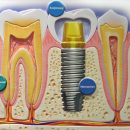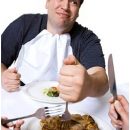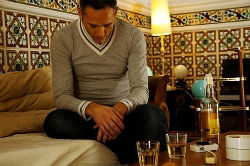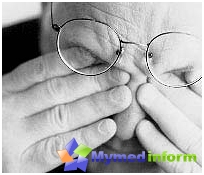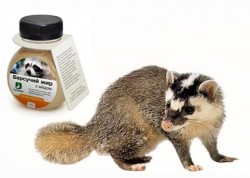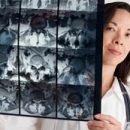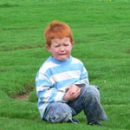Protective mechanisms
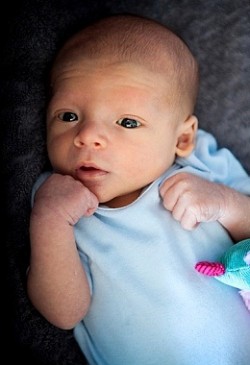
The newborn baby is endowed with a multitude of skills that will be part of the way to adulthood. Some of them will disappear by three months. These skills are called unconditional reflexes - the simplest automatic actions that are controlled by primitive centers of the head and spinal cord. Some reflexes appear along with a cloth, that is, from birth, and some - a little later.
All reflexes of the newborn have pronounced protective features. The main tasks that they carry: Protection of vital bodies and assistance in adaptation to life in an external environment, in fact, providing a human survival at various stages of his growing.
All reflexes are checked by a neonatologist back in the maternity hospital and later a pediatrician and a neurologist on planned receptions - this is done in order to verify the correct development of the child and eliminate the slightest suspicions in the deviations. Parents need to know what reflexes their baby has to follow the inspection and ask questions. Let's consider the most basic ones.
Oral reflexes
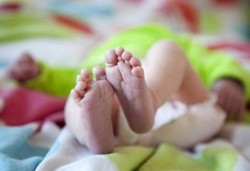
No less important for the survival of the child in the environment. They are also very diverse and many of them fade to three or four months old age. Here are the main of them:
- Reflex crawling Bower. If the crumb lay out on the tummy and put the palm to his heels, then the baby will immediately try to crawl. There are children who try to crawl and without support - that's why the child can not be left on an open surface unattended.
- Protective reflex newborn. Very important automaticism, which is present from the first day of life. If the kid lay out on the tummy, he will immediately turn his head in the side so that the nose has the opportunity to breathe freely.
- Reflex automatic walking. This automatism is also monitored by the spinal cord. If you put a child to a vertical position and put on a support (sofa or floor), then the baby will immediately stand stand, and if a little bit of his body to feed forward - then it will move the legs, as if walking. This reflex in the newborn fades to four months.
- Grass Reflex and Robinson Reflex. These automatons help maintain inseparable communication with the mother. This is the unconscious squeezing of fingers at the kid. Inherited humanity is the ability from animals, it helps the cubs tightly hold on to mother's wool. So the kids are tight enough for everything as the proposed, for example, by fingers and it can be lifted in the air (this is Robinson reflex). Approximately four months old, this ability will fade and he comes to replace the conscious capturing of the child of the objects.
- Reflex Galanta. If you retreat 1.5 cm from the long axis of the spine and gently touch in this zone, then the baby will immediately disappear the back of the arc in the direction of the stimulus.
- Reflex Reza. Usually doctors carry out this check in the mostst of the same, because it causes crying. With a light pressure, it is necessary to carry out the pillows of the fingers over the cooous process of the spine. In response to this, the child is bareguins the body and flexes the handles and legs.
- Reflex Moro. If you make cotton in the immediate vicinity of the baby's head (centimeters 15), it will cause the following reaction: the child explores the handles to the side and give up the cams, and then whatever he woof himself.
Adventure reflexes
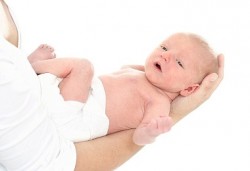
These reflexes are controlled by the oblong brain and the center of the middle brain. In the future, these reflexes (after timely rational) will help newborn to master such motor skills as standing, crawling, and subsequently sitting and walking.
- Symmetric and asymmetric cervical tonic reflexes. The first is that if you tilt the child's head to the chest, it will start bending and blending the handles and legs. And if you turn the head on the back of the child so that it will be on his shoulder, then he will immediately break the handle and the leg, to which addressed and begins the opposite - it will be an asymmetric reflex.
- Labyrinthic tonic reflex. When a child is lying on his back, this reflex actively trains the muscles of the extensors, and when on the stomach - muscles flexors.
- Shane straightening reaction. This reflex is controlled by the middle center of the brain and looks just like a backrest coup on the tummy, which is so pleased with the parents.
- Reflecting the reflex torso. Begins to work with six-eight-month-old age, forcing the baby along with the rotation of the neck turn the shoulders, the torso, then the pelvis. Very well trains kid to the ability to stand, sit, roll over.
- Protective reaction of hand. Also controlled by the middle center of the brain and manifests itself in a fairly conscious change of the position of the handles in accordance with the change in the position of its body in space.
- Reflex Landau. If you raise the baby in the air in the form of a swimmer so that the face looks down, he will immediately raise his head and breaks the body, hands and feet.
Nature took care very well and thought out every stage of growing a small little man, and the functioning language of unconditionally reflex acts can tell a lot. It is very important to regularly show the kid to the doctor for checking and objective assessment of its reflexes. Often deviation from the norm can be a symptom of pathology from the side of the baby's nervous system.

